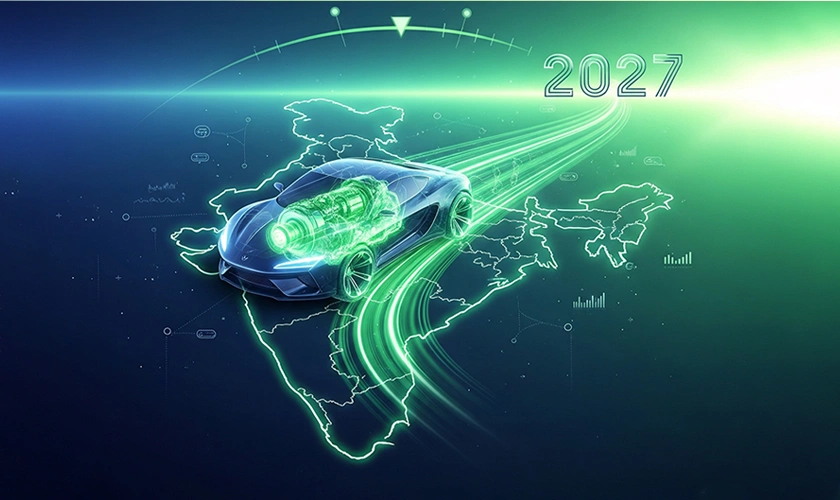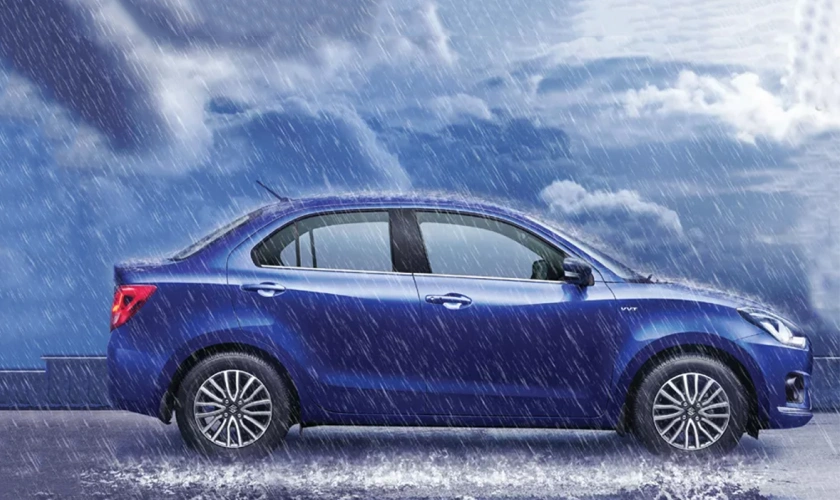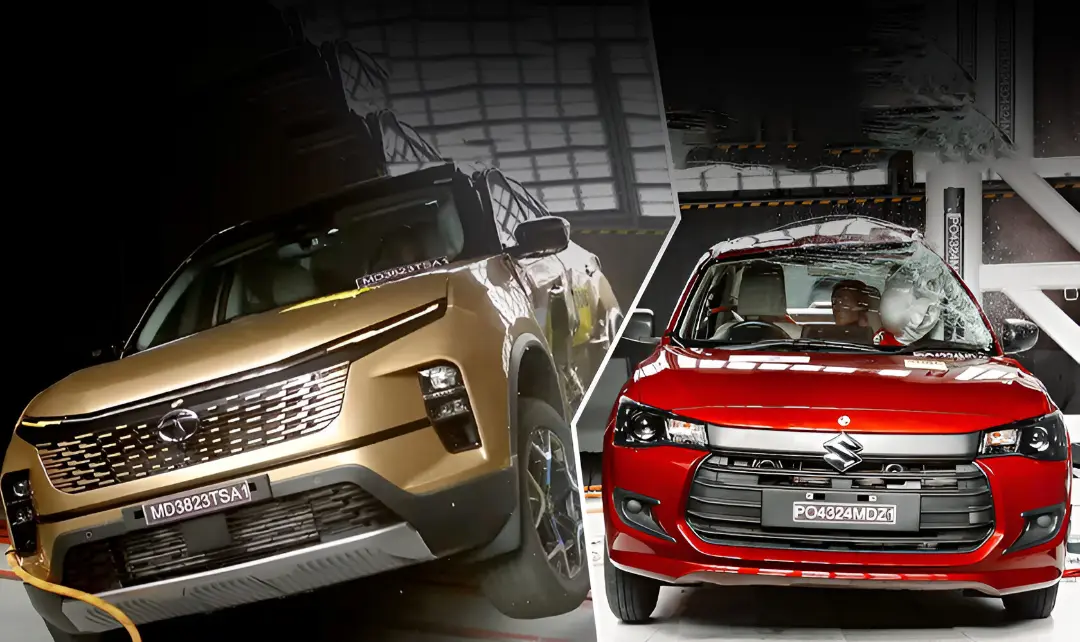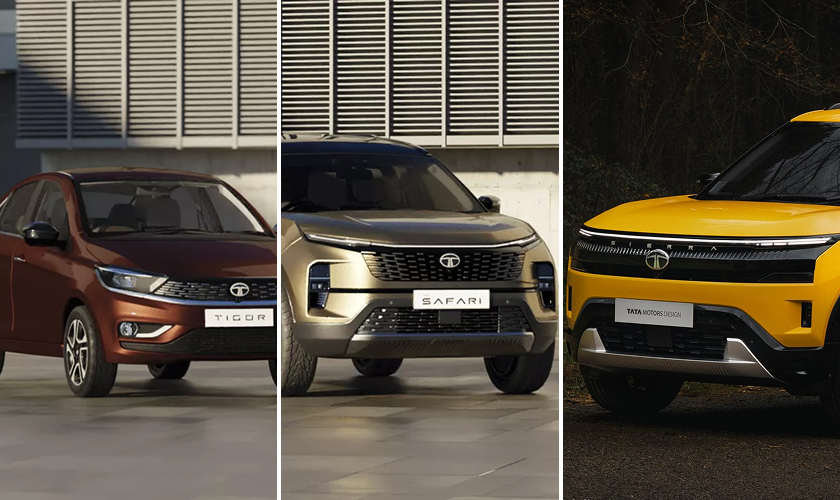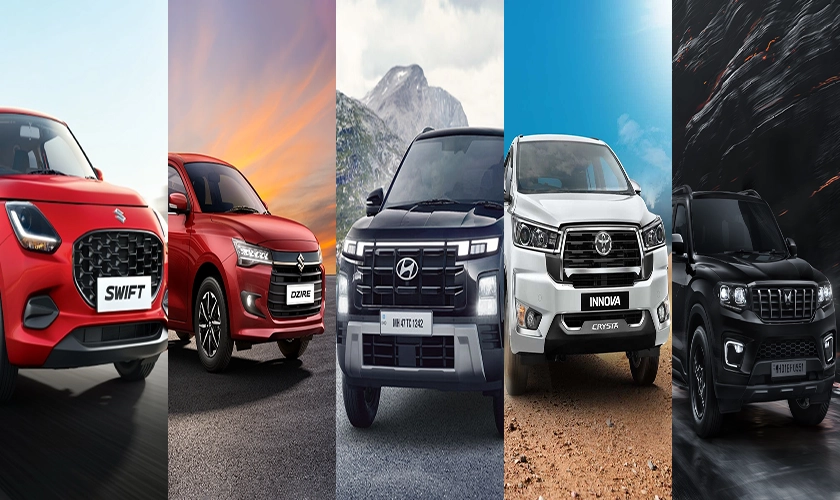Blog Chapters
Toggle07 Jul 2025, 06:14 PM
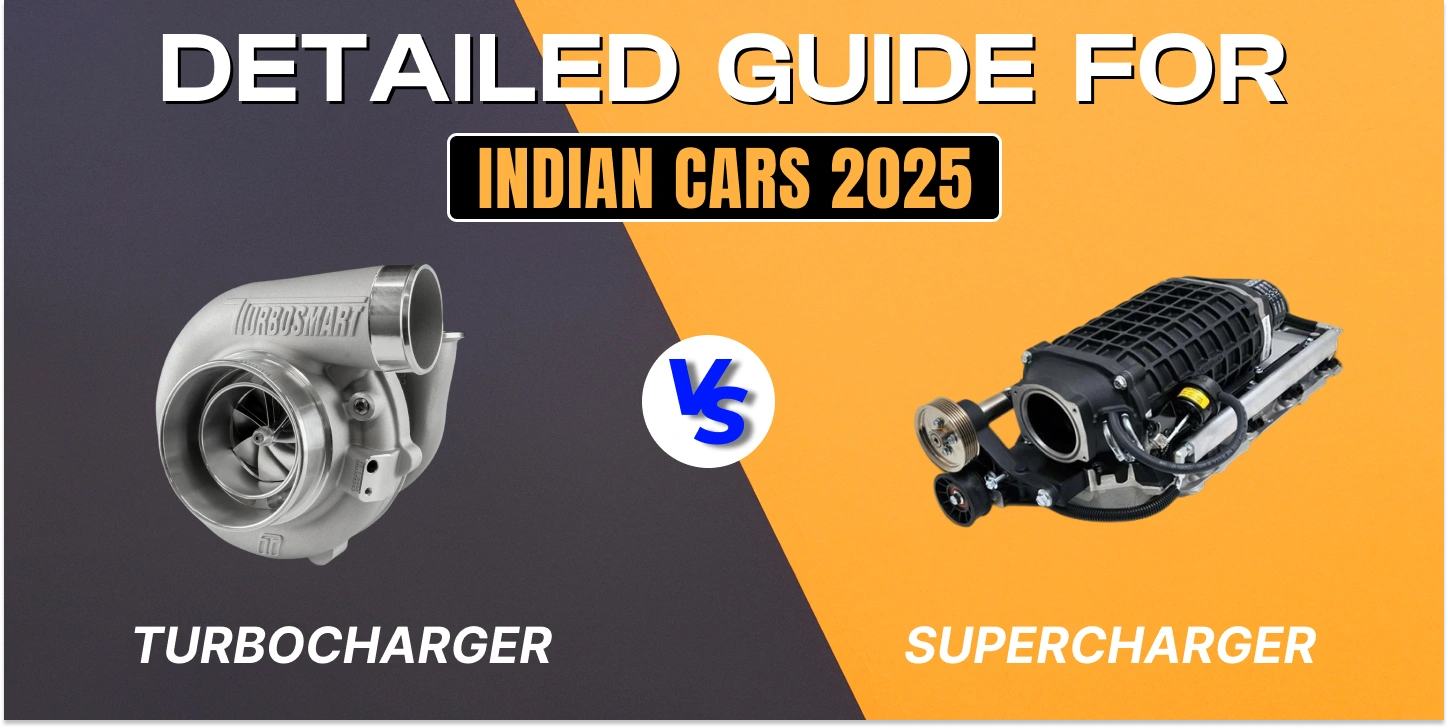
When you pit turbocharger vs supercharger technology, you tap into two distinct paths to boost engine performance. Both systems cram more air into cylinders, slashing turbo lag and delivering satisfying mid-range pull.
In India’s market, turbocharged cars India lineup is vast, from hatchbacks to compact SUVs, thanks to their blend of efficiency and punch. Meanwhile, supercharged cars India are almost exclusively found among luxury brands, prized for their instant torque and smooth power curve.
By understanding each setup’s trade-offs—from intercooler benefits to parasitic load—you’ll make a smarter choice when hunting your next highway companion or city run-about.
Blog Chapters
ToggleForced induction reshapes how engines breathe by packing extra air into the intake manifold. That higher air density lets you inject more fuel and extract greater power from the same displacement.
An intercooler sits between compressor and intake, shedding heat and maintaining safe combustion temperatures. Without it, intake air heats up, risking knock or uneven burn.
On modern turbocharged cars India, manufacturers tune boost maps to balance torque delivery, drivability, and emissions.
In the premium supercharged cars India roster, engineers often couple direct-injection to sharpen throttle response and throttle-by-wire calibration.
Whether you crave a surge at 2,000 rpm or a high-revving punch at 5,000 rpm, forced induction tailors your powerband to suit different driving styles.
Turbochargers spin a turbine using exhaust gas, redirecting waste energy to feed the intake. That recycled boost makes them more efficient than superchargers under steady cruising loads.
Today’s variable geometry turbochargers further minimize lag by adjusting internal vanes to match engine speed. As a result, small-capacity engines produce torque figures once reserved for much larger units.
Packaging a turbo system demands extra piping, heat shielding, and oil cooling, but modern cast-iron manifolds and ceramic bearings tame high temperatures.
You’ll notice a subtle delay before full boost, but once spooled, a turbo’s high-RPM vigor can outgun a similar supercharged layout in peak power.
Superchargers ride directly off the crankshaft via a belt or gear drive, giving you instant boost the moment you press the throttle.
Their linear power delivery keeps torque flat from idle through the mid-range, making city driving feel razor sharp.
Because they don’t rely on exhaust flow, there’s no spool-up delay—ideal for tight traffic or quick overtakes.
However, the parasitic drag on the engine crank reduces overall fuel economy and raises intake temperatures.
Premium supercharged cars India often employ twin-screw or Roots-type units, coupled to liquid-to-air intercoolers to tame heat and maintain consistent boost pressure even under repeated hard acceleration.
| Feature | Turbocharger | Supercharger |
|---|---|---|
| Power Source | Exhaust gas turbine | Crankshaft-driven belt or gears |
| Boost Delivery | Builds with RPM (“lag”) | Instant |
| Efficiency | High | Moderate |
| Complexity | More components and cooling | Fewer parts, simpler ducts |
| Best Use Case | Long highway jaunts, high torque | City drives, sharp throttle feel |
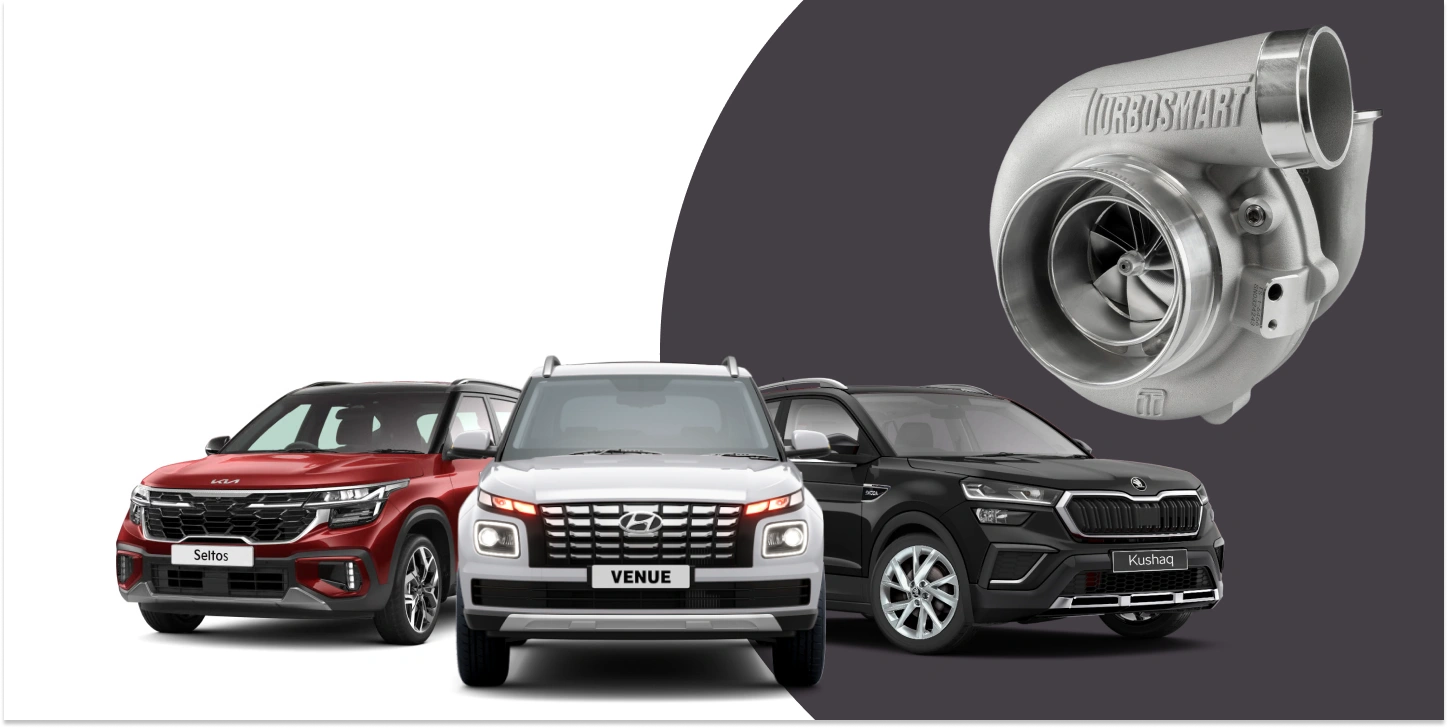
Turbochargers power a spectrum of vehicles in India, from budget crossovers to feature-packed sedans. By downsizing engines and adding forced induction, brands hit strict emission norms without sacrificing performance.
Here’s a look at popular turbocharged cars India that buyers love for their blend of torque, efficiency, and tech features.
| Model | Engine | Power | Torque | Price (Ex-Showroom) |
|---|---|---|---|---|
| Hyundai Venue 1.0 T-GDi | 999 cc Turbo-GDi | 120 PS | 172 Nm | ₹9.32–11.35 Lakh |
| Kia Seltos 1.4 T-GDi | 1,353 cc Turbo-GDi | 140 PS | 242 Nm | ₹11.45–15.50 Lakh |
| Skoda Kushaq 1.0 TSI | 999 cc TSI | 115 PS | 178 Nm | ₹10.99–13.29 Lakh |
| Jeep Compass 1.3 G-T | 1,332 cc Turbo-Petrol | 163 PS | 250 Nm | ₹18.90–24.50 Lakh |
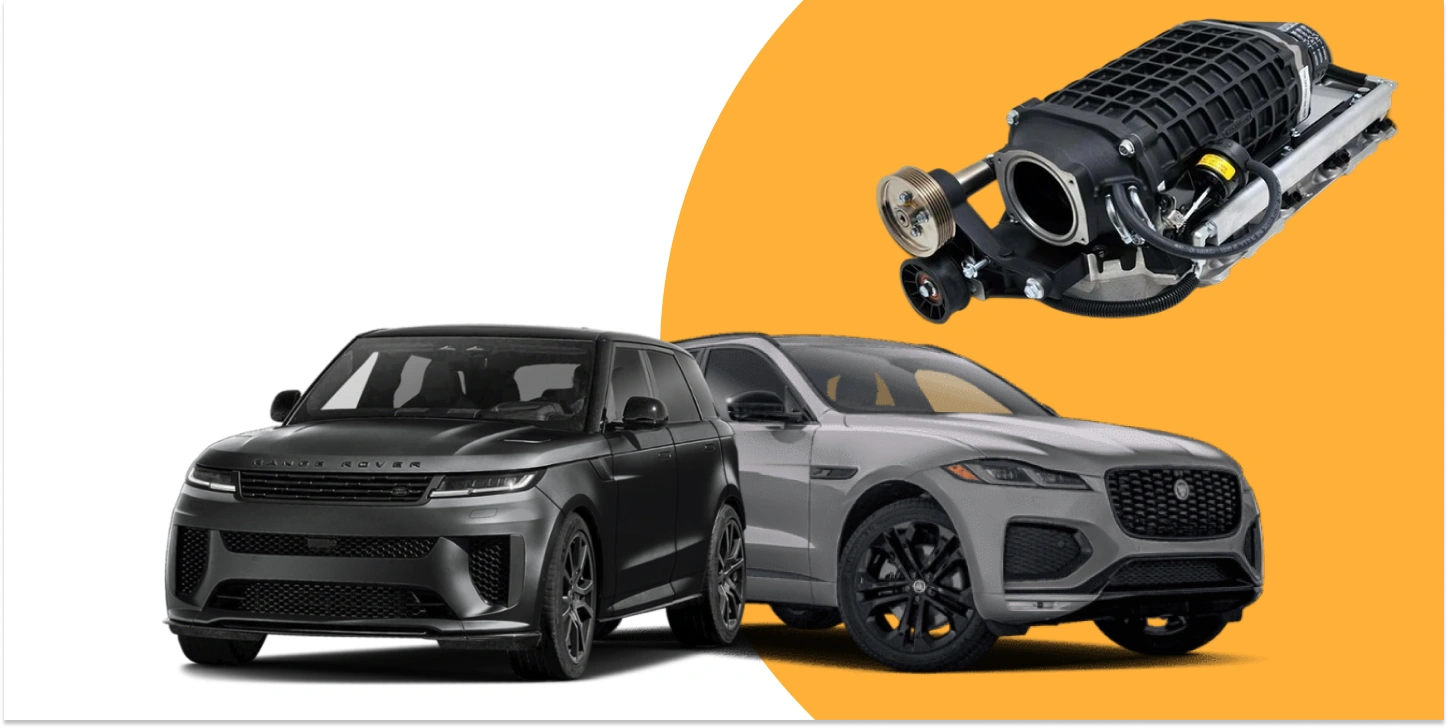
True supercharged cars India that buyers can choose today sit at the luxury end of the spectrum. Each model pairs a mechanically driven blower with high-end suspension, brakes and connectivity.
If you crave instant power delivery and premium SUV power without lag, these are your factory-fitted choices.
| Model | Engine | Power | Torque | Price (Ex-Showroom) |
|---|---|---|---|---|
| Jaguar F-Pace 3.0 V6 SC | 2,995 cc Supercharged V6 | 335 PS | 450 Nm | ₹75.00 Lakh (est.) |
| Range Rover Sport SVR SC | 4,996 cc Supercharged V8 | 575 PS | 700 Nm | ₹2.56 Crore |
| Jaguar F-Type 3.0 V6 SC | 2,995 cc Supercharged V6 | 380 PS | 450 Nm | ₹85.00 Lakh (est.) |
Your daily commute and weekend road trips dictate which boost tech fits best.
If highway cruising and peak efficiency matter most, a turbocharger’s higher thermal efficiency and lower emissions make sense, even with mild turbo lag.
On the other hand, if you deal with stop-start traffic or winding streets, a supercharger’s instant boost and flat torque curve keep acceleration crisp and predictable.
Factor in maintenance, heat management, and intercooler benefits when budgeting for long-term ownership. Ultimately, test both systems back-to-back to feel the difference in throttle feel and engine torque.
Your driving habits and performance goals can decide whether you lean toward the fuel-sipping surge of a turbocharger or the instant hit of a supercharger.
Step into both tech types during a dealer test drive, compare acceleration times and fuel stats, then let data and “feel” steer you to the perfect boost system for your next car.
CarOnPhone is your one-stop destination to see all upcoming cars, latest cars, released cars, and EV Cars, and compare Cars in all Car Brands. Stay tuned and follow us to update yourself on the automotive world.


